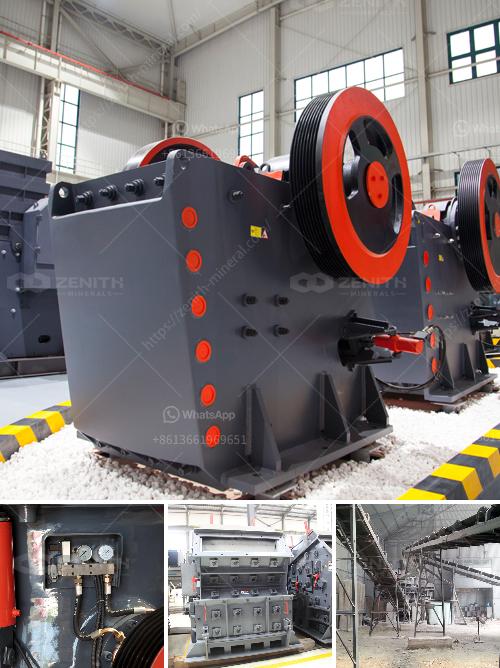Maintaining and repairing a ball mill is essential to ensure its efficient operation and longevity. Here is a step-by-step guide on how to do it:
1. Regular Inspection:
- Frequency: Conduct regular inspections, ideally every month or quarter, depending on usage.
- Visual Check: Inspect the exterior for any signs of wear or damage.
- Component Check: Check the bearings, lubrication system, and drive system for any signs of abnormality or wear.
2. Lubrication:
- Lubricate Bearings: Ensure that all bearings are properly lubricated according to the manufacturer's specifications.
- Oil Change: Regularly change the oil and lubricants as recommended to avoid degradation.
3. Alignment and Balance:
- Check Alignment: Ensure the ball mill is running in alignment. Misalignment can cause excessive wear and tear.
- Balance Rotating Parts: Check and balance all rotating parts, including the rotor, to minimize vibrations.
4. Wear Parts Inspection:
- Liners and Lifters: Regularly check the wear condition of liners and lifters. Replace them if they show significant wear.
- Grates and Shells: Inspect the grate and shell for wear or damage. Replace if necessary.
5. Drive System Maintenance:
- Gear and Pinion: Check the gear and pinion engagement. Ensure there is no excessive backlash.
- Motor and Reducer: Inspect and maintain the motor and reducer, ensuring they are operating correctly and efficiently.
6. Safety Checks:
- Emergency Stops: Test the emergency stop systems to ensure they are functioning correctly.
- Guarding: Ensure all guards and safety covers are in place and in good condition.
7. Shutdown and Overhaul:
- Scheduled Shutdowns: Plan for scheduled shutdowns to perform thorough inspections and maintenance activities.
- Overhaul: Conduct a major overhaul as per the manufacturer's guidelines, typically every 1-2 years, or based on usage.
8. Record Keeping:
- Maintenance Logs: Maintain detailed logs of all maintenance activities, inspections, repairs, and replacements.
- Repair History: Keep a history of all repairs and parts replaced to predict future maintenance needs and lifecycles.
9. Training and Manuals:
- Technical Training: Ensure that maintenance staff are adequately trained to perform inspections and repairs.
- Manufacturer Manual: Refer to the manufacturer’s manual for specific maintenance procedures and intervals.
10. Environmental and Operational Conditions:
- Monitor Conditions: Keep an eye on the operating environment, including dust, temperature, and humidity levels.
- Adjustments: Make necessary adjustments to the mill operation based on these environmental factors.
By following these steps, you can ensure that your ball mill operates efficiently and has a longer service life. Regular maintenance and timely repairs contribute significantly to the reliability and performance of the ball mill.

